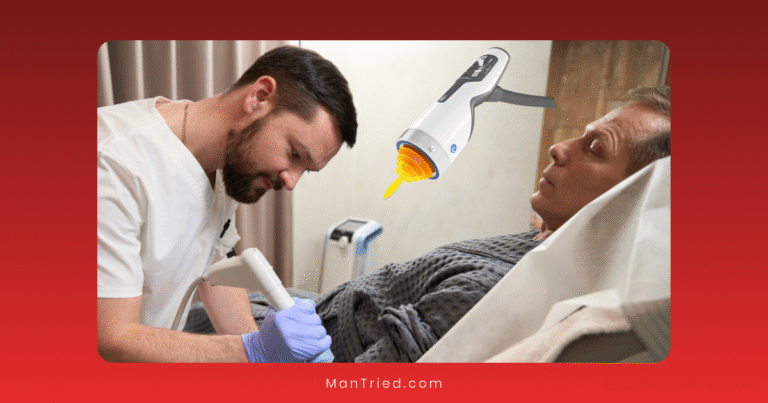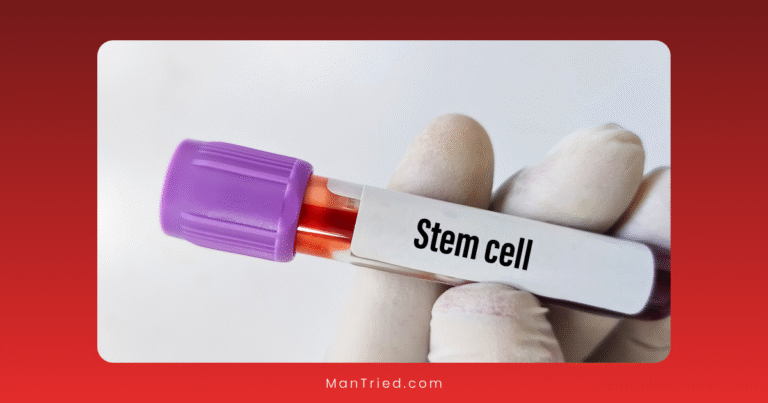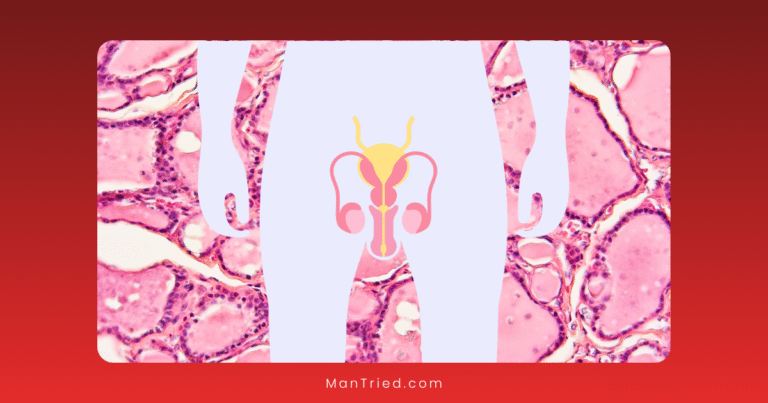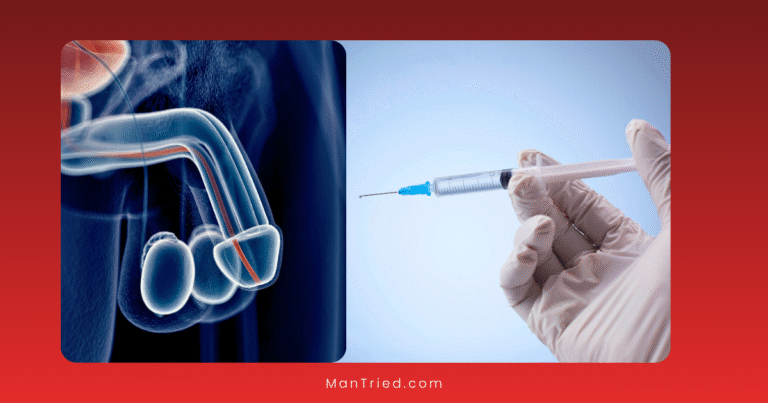CBT for Sexual Dysfunction: Evidence-Based Techniques That Work

Sexual dysfunction affects millions of individuals worldwide, impacting quality of life, relationships, and psychological well-being. While medical interventions are often the first line of treatment, Cognitive Behavioral Therapy (CBT) has emerged as a powerful, evidence-based approach for addressing the psychological components of sexual difficulties. This article explores the application of CBT techniques to various sexual dysfunctions, examining the research evidence and providing insights into specific interventions that have demonstrated effectiveness.
Understanding CBT and Its Application to Sexual Dysfunction
Cognitive Behavioral Therapy is a structured, goal-oriented psychotherapy approach that focuses on identifying and modifying unhelpful thoughts, beliefs, and behaviors. When applied to sexual dysfunction, CBT targets the psychological factors that contribute to or maintain sexual difficulties.
“CBT for sexual dysfunction operates on the principle that sexual problems often involve a complex interplay between thoughts, emotions, behaviors, and physiological responses,” explains Dr. Michael Perelman, Clinical Professor of Psychology in Psychiatry at Weill Cornell Medical College. “By addressing maladaptive cognitions and behaviors, CBT can help break the cycle that maintains sexual difficulties.”
The Cognitive-Behavioral Model of Sexual Dysfunction
The CBT approach to sexual dysfunction typically addresses:
- Cognitive factors: Negative thoughts, unrealistic expectations, and maladaptive beliefs about sexuality
- Emotional factors: Anxiety, fear, guilt, shame, and depression related to sexual performance or pleasure
- Behavioral factors: Avoidance of sexual activity, poor communication, and unhelpful sexual behaviors
- Physiological factors: Physical tension, autonomic arousal, and conditioned responses
According to research published in the National Library of Medicine, CBT has been empirically supported for various sexual dysfunctions, with studies showing improvements in sexual function, satisfaction, and relationship quality.
Evidence-Based CBT Techniques for Male Sexual Dysfunction
For Erectile Dysfunction (ED)
Erectile dysfunction, particularly nonorganic erectile dysfunction (NOED), responds well to CBT interventions. A study published in the Journal of Sexual Medicine found that cognitive behavioral sex therapy (CBST) was as effective as medication for treating NOED in younger men, with superior outcomes for reducing anxiety.
Key CBT Techniques for ED:
- Cognitive Restructuring
This technique involves identifying and challenging negative thoughts and beliefs about sexual performance.
Implementation:
- Identify automatic thoughts during sexual situations (e.g., “I won’t be able to maintain an erection”)
- Examine evidence for and against these thoughts
- Develop more realistic, balanced thoughts (e.g., “Erections naturally fluctuate, and I can still enjoy intimacy”)
- Practice replacing negative thoughts with balanced alternatives
Evidence: Research from the Bay Area CBT Center indicates that cognitive restructuring helps reduce performance anxiety and catastrophic thinking, which are major contributors to psychogenic ED.
- Sensate Focus Exercises
Developed by Masters and Johnson, sensate focus is a structured touching exercise that reduces performance pressure by emphasizing sensual pleasure over sexual performance.
Implementation:
- Begin with non-genital touching without the expectation of sexual intercourse
- Gradually progress to more intimate touching
- Focus on physical sensations rather than sexual performance
- Communicate preferences and feedback with partner
Evidence: Multiple controlled studies have demonstrated the effectiveness of sensate focus in reducing performance anxiety and improving erectile function. A meta-analysis published in the Journal of Sex Research found that 60-70% of men with ED reported improvement after completing sensate focus exercises as part of CBT.
- Mindfulness Training
Mindfulness techniques help men focus on present-moment experiences rather than worrying about performance.
Implementation:
- Practice mindful awareness of bodily sensations during sexual activity
- Learn to notice and accept thoughts without judgment
- Use breathing techniques to manage anxiety
- Develop skills to refocus attention when distracted by worries
Evidence: A 2021 study published in the Journal of Sexual Medicine found that an 8-week mindfulness-based intervention significantly improved erectile function and sexual satisfaction in men with psychogenic ED.
For Premature Ejaculation (PE)
CBT approaches for premature ejaculation focus on developing greater awareness and control over arousal levels.
Key CBT Techniques for PE:
- Stop-Start Technique and Squeeze Technique
These behavioral methods help men recognize pre-ejaculatory sensations and develop control.
Implementation:
- Stop-Start: Sexual stimulation is paused when ejaculation feels imminent, then resumed when arousal decreases
- Squeeze Technique: Applying pressure to the penis when approaching ejaculation
- Gradually increase duration of stimulation before pausing
- Practice during both masturbation and partner activities
Evidence: A systematic review by Melnik et al. (2011) found that behavioral techniques combined with cognitive interventions resulted in significant improvements in ejaculatory control, with effects maintained at follow-up.
- Relaxation Training
These techniques reduce physiological arousal that contributes to PE.
Implementation:
- Progressive muscle relaxation
- Deep breathing exercises
- Body scanning during sexual activity
- Identifying and releasing tension in the pelvic floor
Evidence: Research indicates that men who learn to recognize and reduce physical tension show improved ejaculatory control. A study by de Carufel and Trudel found that relaxation combined with functional-sexological treatment produced significant improvements in 75% of participants.
Evidence-Based CBT Techniques for Female Sexual Dysfunction
For Female Sexual Interest/Arousal Disorder
Low sexual desire and arousal difficulties are among the most common sexual complaints in women. CBT approaches address the cognitive, emotional, and behavioral factors that contribute to these issues.
Key CBT Techniques:
- Cognitive Restructuring for Sexual Beliefs
This technique addresses negative thoughts and beliefs about sexuality that inhibit desire and arousal.
Implementation:
- Identify unhelpful beliefs about sexuality (e.g., “Good women shouldn’t enjoy sex”)
- Examine the origins and validity of these beliefs
- Develop alternative, more adaptive beliefs
- Practice applying new perspectives in sexual situations
Evidence: According to research published in the National Library of Medicine, controlled trials have shown that CBT can decrease symptoms of female sexual interest/arousal disorder and improve marital functioning.
- Behavioral Activation for Sexual Activity
This approach counters avoidance patterns that maintain low desire.
Implementation:
- Schedule regular “pleasure-focused” activities (not necessarily sexual)
- Gradually incorporate sensual and sexual activities
- Focus on pleasure rather than performance
- Develop a hierarchy of sexual activities from least to most anxiety-provoking
Evidence: Studies show that behavioral activation techniques help women reconnect with sexual pleasure and reduce avoidance behaviors. A study by Brotto and Basson found that women who engaged in regular pleasurable activities reported increased sexual desire over time.
- Mindfulness-Based Interventions
Mindfulness helps women connect with bodily sensations and reduce spectatoring (self-observation during sexual activity).
Implementation:
- Body scan exercises focusing on genital sensations
- Mindful attention to sexual stimuli
- Present-moment awareness during sexual activity
- Non-judgmental acceptance of thoughts and sensations
Evidence: Research by Lori Brotto and colleagues has demonstrated that mindfulness-based interventions significantly improve sexual desire, arousal, and satisfaction in women with sexual interest/arousal disorders. A randomized controlled trial published in Archives of Sexual Behavior showed improvements in sexual desire and overall sexual function following an 8-week mindfulness program.
For Genito-Pelvic Pain/Penetration Disorder
Pain during sexual activity affects approximately 15-20% of women and often has both physical and psychological components. CBT addresses the fear, avoidance, and muscle tension that contribute to and maintain pain.
Key CBT Techniques:
- Exposure Therapy for Penetration Anxiety
This approach gradually reduces fear and avoidance associated with penetration.
Implementation:
- Develop a hierarchy of penetration-related activities
- Begin with least anxiety-provoking activities
- Gradually progress through hierarchy as comfort increases
- Incorporate relaxation techniques during exposure
Evidence: A randomized controlled trial by Bergeron et al. found that CBT was more effective than supportive therapy in reducing pain during intercourse and improving sexual function in women with provoked vestibulodynia.
- Pain Reappraisal
This cognitive technique helps women reframe their experience and interpretation of pain.
Implementation:
- Identify catastrophic thoughts about pain (e.g., “This pain means I’m damaged”)
- Challenge these thoughts with more balanced alternatives
- Develop coping statements for use during painful episodes
- Practice attention diversion techniques
Evidence: Research published in the Journal of Sexual Medicine demonstrates that reducing catastrophizing about pain leads to decreased pain intensity and improved sexual function. According to the NCBI, “CBT has been found more effective than supportive psychotherapy in reducing pain severity and improving sexual function in women with vulvodynia.”
- Progressive Muscle Relaxation and Pelvic Floor Exercises
These techniques address the muscle tension that often accompanies and exacerbates genital pain.
Implementation:
- Learn to identify tension in the pelvic floor muscles
- Practice deliberate relaxation of these muscles
- Incorporate breathing techniques during potential pain situations
- Gradually apply these skills during sexual activity
Evidence: Studies show that women who learn to relax pelvic floor muscles experience reduced pain during penetration. A study by Goldfinger et al. found that CBT incorporating pelvic floor relaxation techniques resulted in significant pain reduction and improved sexual function.
Implementing CBT for Sexual Dysfunction: Practical Considerations
Treatment Structure
CBT for sexual dysfunction typically follows a structured format:
- Assessment and formulation: Understanding the specific sexual difficulties and their maintaining factors
- Education: Providing information about sexual response and dysfunction
- Skill building: Teaching cognitive and behavioral techniques
- Practice: Implementing techniques in real-life situations
- Review and refinement: Adjusting approaches based on outcomes
Most treatment protocols involve 8-20 weekly sessions, with homework assignments between sessions to practice skills and techniques.
The Role of Partners
Partner involvement can significantly enhance treatment outcomes. According to research by McCarthy and Wald, including partners in treatment leads to:
- Improved communication about sexual needs and preferences
- Greater understanding of the sexual problem
- Shared responsibility for sexual satisfaction
- Better maintenance of gains after treatment ends
“The partner’s involvement transforms the intervention from an individual focus to a relational one,” explains Dr. Barry McCarthy, author of “Cognitive-Behavioral Therapy for Sexual Dysfunction.” “This shift often leads to more sustainable improvements in sexual function and satisfaction.”
Combining CBT with Medical Treatments
For many sexual dysfunctions, particularly those with both psychological and physiological components, combining CBT with medical treatments yields optimal results.
Research evidence:
- A study by Aubin et al. found that combining CBT with PDE5 inhibitors (e.g., Viagra) produced better outcomes for erectile dysfunction than either treatment alone.
- Research by Melnik et al. showed that CBT enhanced the effectiveness of topical anesthetics for premature ejaculation.
- Studies on female sexual pain disorders indicate that combining CBT with medical treatments for underlying physical conditions leads to greater improvement than medical treatment alone.
Case Examples: CBT in Action
Case 1: Erectile Dysfunction
Client: James, a 35-year-old man experiencing erectile difficulties following a negative sexual encounter.
CBT Approach:
- Identified performance anxiety and catastrophic thinking as maintaining factors
- Used cognitive restructuring to address thoughts like “I’ll never be able to satisfy a partner”
- Implemented sensate focus exercises with his partner
- Practiced mindfulness techniques to stay present during sexual activity
- Developed communication skills to express needs and concerns
Outcome: After 12 sessions, James reported reliable erections, reduced anxiety, and greater sexual satisfaction. Follow-up at 6 months showed maintained improvements.
Case 2: Female Sexual Interest/Arousal Disorder
Client: Sarah, a 42-year-old woman reporting loss of sexual desire in a 10-year marriage.
CBT Approach:
- Identified contributing factors: relationship conflicts, negative body image, and stress
- Used cognitive restructuring to address beliefs about sexuality and attractiveness
- Implemented behavioral activation to increase pleasurable activities
- Taught mindfulness techniques to enhance awareness of physical sensations
- Developed communication strategies to express sexual needs to partner
Outcome: After 16 sessions, Sarah reported increased spontaneous and responsive desire, greater sexual satisfaction, and improved relationship quality.
Conclusion: The Effectiveness of CBT for Sexual Dysfunction
Cognitive Behavioral Therapy offers a powerful, evidence-based approach for addressing sexual dysfunction. The research consistently demonstrates its effectiveness across a range of sexual difficulties, with benefits including:
- Improved sexual function and satisfaction
- Reduced anxiety and distress related to sexuality
- Enhanced relationship quality and communication
- Long-term maintenance of improvements
While not every individual with sexual dysfunction will benefit equally from CBT, the evidence suggests that many people experience significant improvements through this approach. For those struggling with sexual difficulties, seeking help from a qualified therapist with expertise in CBT for sexual dysfunction can be an important step toward reclaiming a satisfying sexual life.
As Dr. Lori Brotto, a leading researcher in the field, notes: “The most powerful aspect of CBT for sexual dysfunction is that it empowers individuals to understand and address the psychological factors that influence their sexuality, leading to improvements that extend beyond the bedroom to overall quality of life and relationship satisfaction.”






